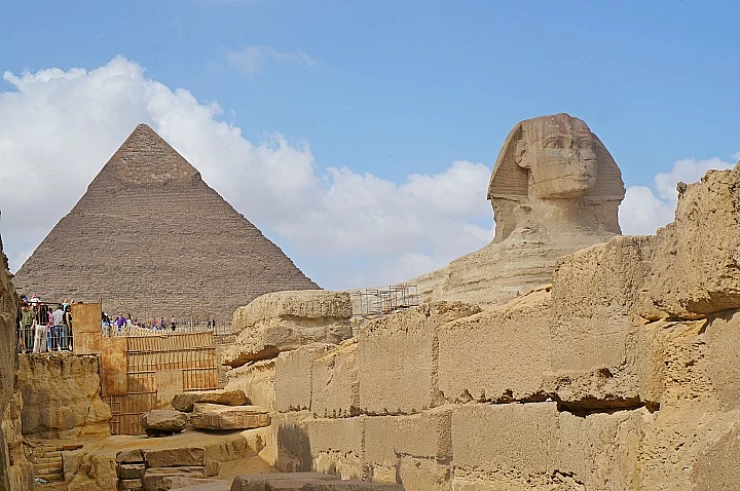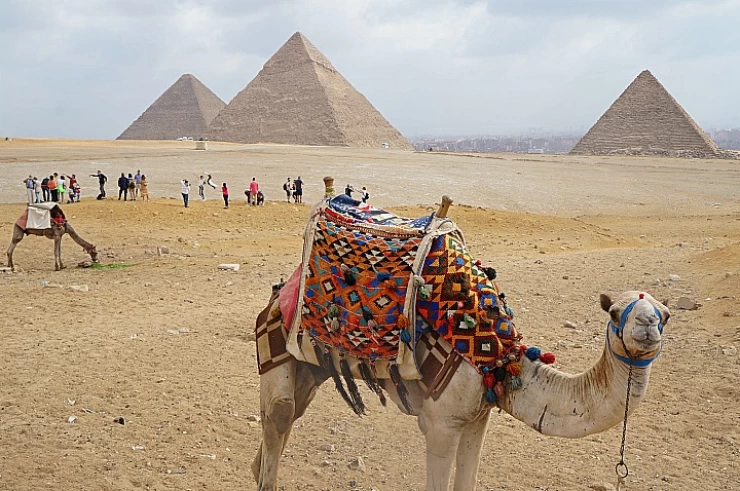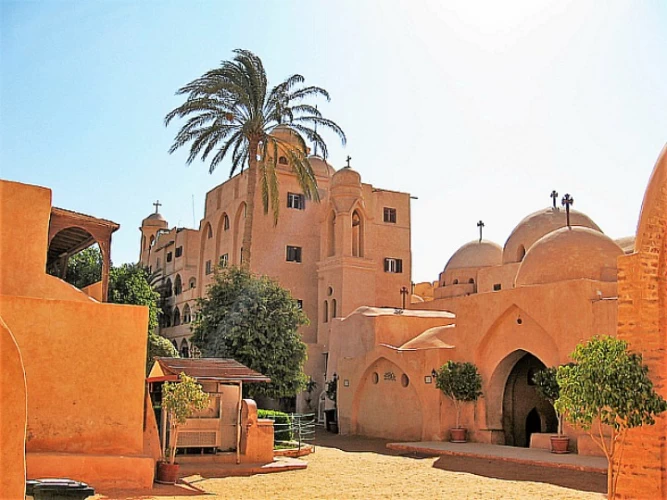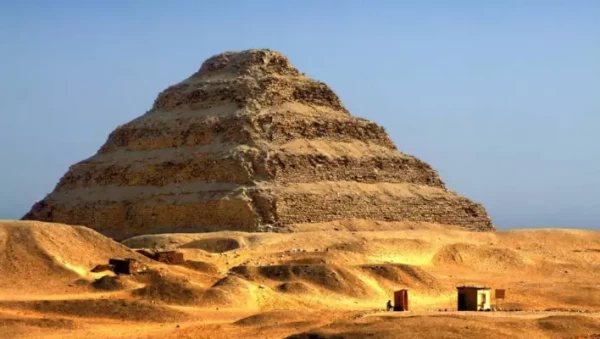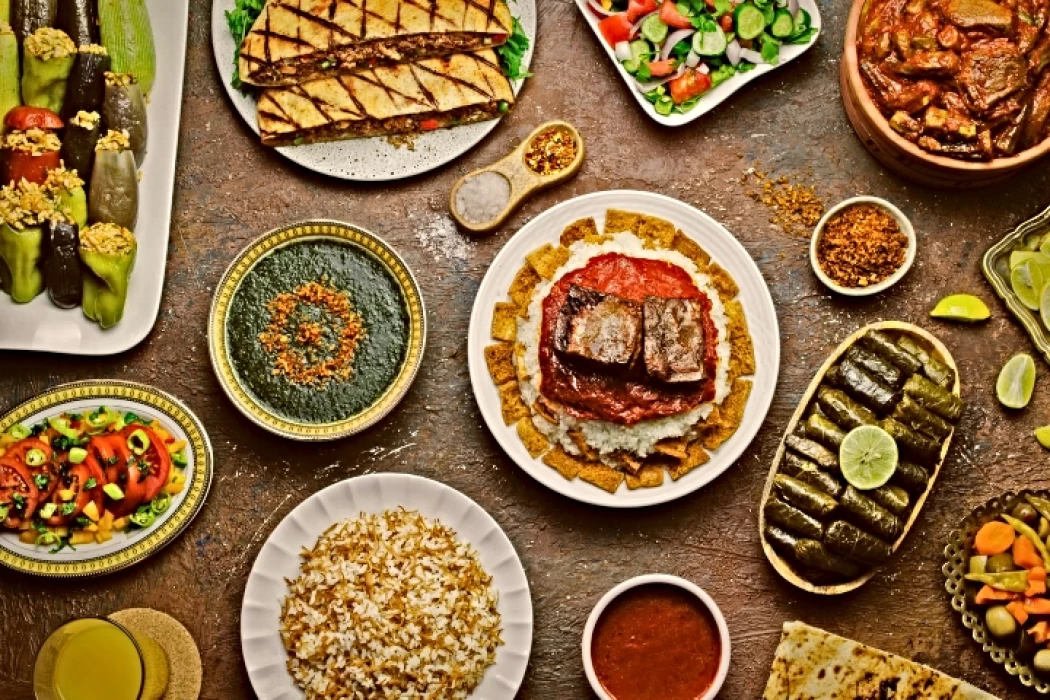
Traditional Egyptian food
Facts about Traditional Egyptian food
Folkloric rural foods and products have turned into street foods spread on the sidewalks of the Egyptian capital. Traditional foods that the Egyptian rural villages are famous for have been widely accepted due to their quality and distinctive flavour that preserves their historical authenticity.
The scene of female farmers sitting every day since early morning on the sidewalks of downtown Cairo and next to the main metro stations is striking, as they spread their products on the ground that are prepared at home in their remote villages located on the outskirts of the capital.
The rural products and folkloric foods attract many Egyptians in the capital, and they vary between the local flatbread “Mashletet”, “Quraish” cheese, old cheese, different types of bread made at home in traditional village ovens built of clay, raqaq, local ghee, “Moftaqa”, kishk, local eggs, in addition to many other home products.
The peasant pie Mishletet
The peasant pie "Mishletet", which some call "Egyptian pizza", is one of the most famous rural folklore products. It consists of multiple light sheets covered with peasant ghee "butter". Its sheets are made from unfermented white flour and are spread out to become very thin. The thinner and more layered it is, the better its quality becomes. It is smeared with butter so that it does not stick together. It is cooked until it turns golden in the traditional peasant oven made of "clay", which villagers still use. The pie is eaten alone or with some other additions that give it a different flavor, as old cheese is added to its surface, or black honey with tahini or white honey.
Cottage cheese is made from fresh milk in a primitive way that has been passed down from peasant women for years, and is only produced in villages. The milk is placed in what is known as a “skin bag”, which is a container made of animal skin treated with salt. The “skin bag” is pushed, which is hung on some wooden posts. Repeated pushing in a straight line separates the cheese from the ghee. It is then placed for about two days in a rough plastic container to drain the suspended liquids. After that, light salt is added to make it ready to eat and fresh.
Peasant women make "kishk" from wheat that is boiled, then ground and kneaded with pure milk. Salt and cumin are added to the mixture to give it flavour. It is left to ferment for two days, then cut into small, round, spherical pieces and left in the sun on the roof of the house for two more days until it dries completely. "Kishk" is eaten in two ways: it is soaked in water until it softens, and fried in country butter. Sometimes eggs are added to it during frying.
The Egyptian countryside is famous for many different types of bread that are made at home and baked in traditional clay ovens. The most famous of these is peasant bread, which differs from the bread sold in cities and which is made in automated ovens in the quality of the wheat used, its size and its large weight.
Koshary
One of the most beloved cuisines of Egypt is Koshary. It’s a dish that contains macaroni, rice, lentils, crispy onions, tomato dip, and seasoning. Koshary is considered a low-cost, high-calorie dish with vegetable oils that are oxidized due to frying. It is rare to find an Egyptian who does not like koshary. Koshary differs from one country to another, but Egyptian koshary is completely different from any other country that serves it and has a different character. It consists of rice, pasta, vermicelli and lentils, each boiled separately. The chickpeas must be soaked for 5 hours before cooking, then arranged in plates, sauce and fried are added to it and it is served as a main dish with nothing else.







